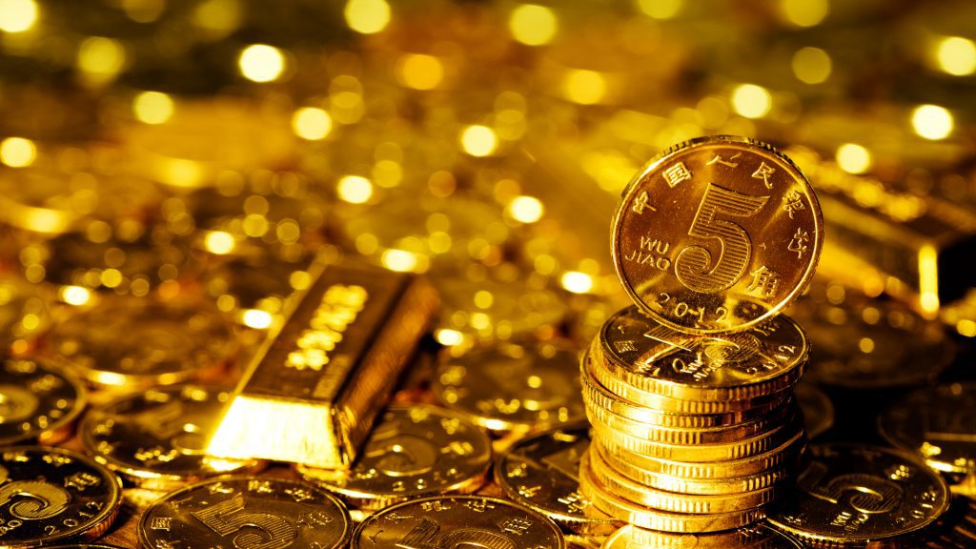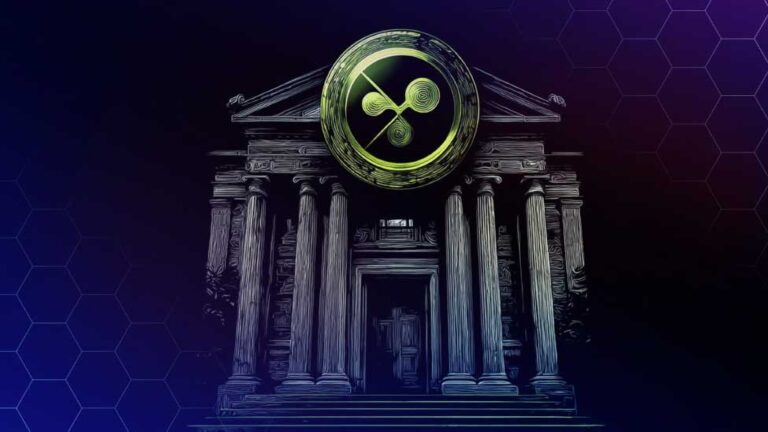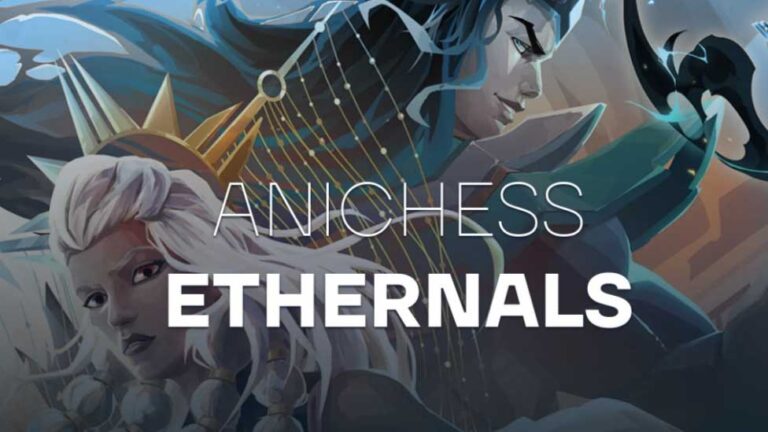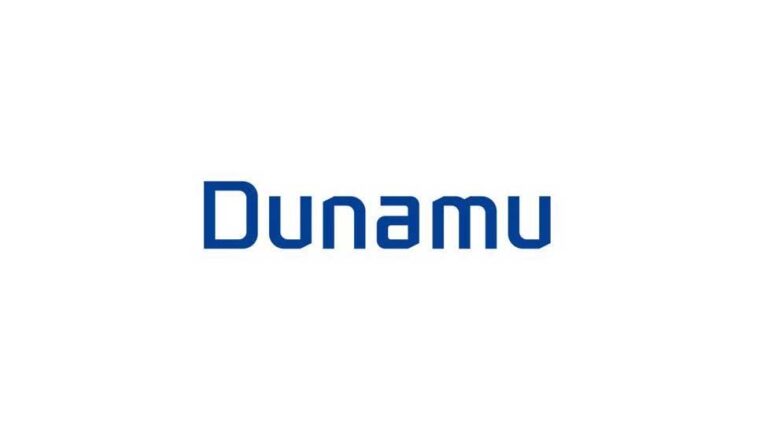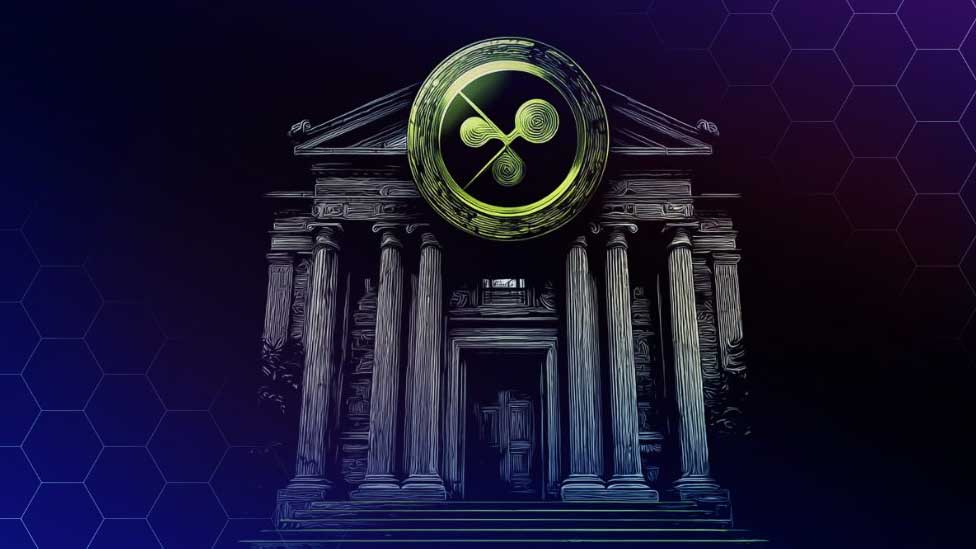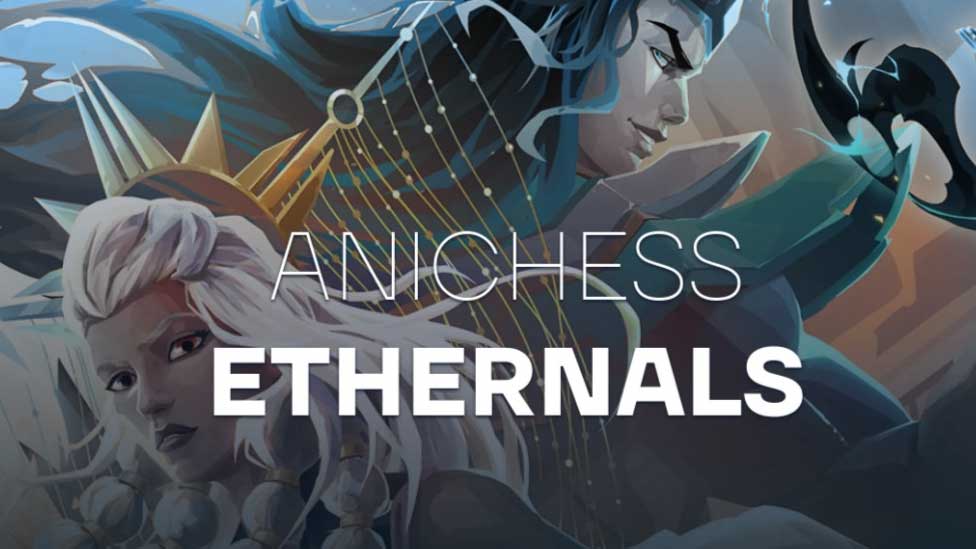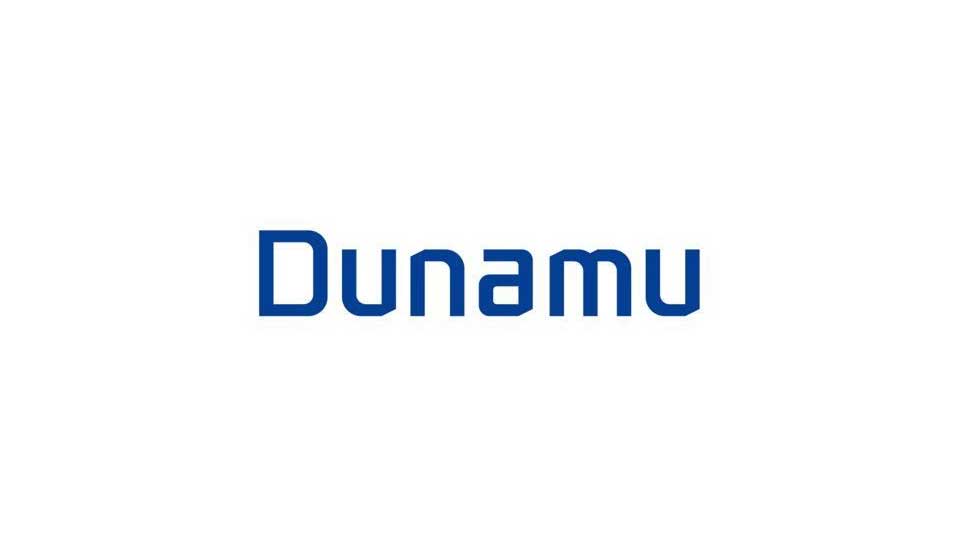Stablecoins and gold-tokenized NFTs are the digital counterpart of real gold assets safely stored in a physical vault. Still, these two kinds of digital assets differ fundamentally from one another.
Differences between Gold-tokenized NFTs and Gold-backed Stablecoins
Creation
These two digital assets differ mostly in how they are integrated into the blockchain. The creative involvement of a creator who creates original aspects for a project—which can be popular prose, audio-visual material, or art—is essential to NFTs. After that, the NFT owner mints the NFT by turning the new project into a digital format, which makes it just as valuable on an NFT marketplace such as OpenSea. After that, the asset is transferred from one owner’s wallet to another when it becomes tradeable on the blockchain.
However, you get stablecoins by buying them on decentralized exchange (DEX) platforms or centralized exchanges that handle several cryptocurrencies. Gold-backed stablecoins such as Tether Gold (AUXT) have a hedge against the volatile price changes of traditional cryptocurrencies. These coins’ behavior on the blockchain market mimics the price fluctuations of the physical commodity.
Liquidity
Since gold-tokenized NFTs are tokenized, they have a very high liquidity level. The value of the asset indicates that the digital value of the asset is backed by an equal quantity of gold that is safely kept in a vault. Anytime during ownership, the NFT owner has the option to seek access to the underlying gold asset, which will cause the NFT to be taken down from the platform. Because NFTs are so liquid, users can clearly prove their ownership of a physical object even when it’s not in their blockchain wallet.
On the other hand, digital assets backed by gold provide a more difficult liquidity situation that might be difficult to keep an eye on and get for the asset holder upon request. Since the issuer keeps track of the coins’ liquidity proof, tracing them is almost difficult. However, the need for liquidity only materializes when holders demand payment in gold corresponding to the lost asset.
Price Regulation
The gold standard exchanges determine the market value of the gold-tokenized NFTs. The owner can use different blockchain components to support the value of their assets in order to increase trading profits. A collateralized NFT asset’s price is increased by a fair amount based on its rarity rank and scarcity inside a worthwhile project. The underlying physical asset worth of the NFT will thus fluctuate in a regulated way when its market value changes in response to shifting user perception. The values of the stablecoin futures market determine the price of gold standard cryptocurrencies. In volatile markets, the gold backing offers non-volatility. While market fluctuations define the futures value margins of the gold-backed cryptocurrency assets, the issuer sets the original coin value. The issuer determines one coin’s worth, and you are required to purchase or sell at the predetermined rates.
Provenance
As part of the NFT minting procedure, a special digital certificate proving the asset’s uniqueness and ownership is assigned. By tokenizing the asset to the gold standard, you can make sure that it has the same unique serial number as the gold asset that corresponds to its value. The NFT can be traced back to its creator thanks to its verifiable transfer history. The rarity rating of the provenance element determines the royalty percentages paid, enabling creators to receive payments for future asset sales.
The digital certificates that link stablecoins traded on cryptocurrency exchanges to a specific owner on the blockchain are absent. The purchased coins lack distinctive qualities that set them separate from the others. They are fungible. As a result, the gold-backed stablecoins are based on any matching value of gold assets rather than a specific gold asset.
Takeaways
Gold-tokenized NFTs and gold-backed stablecoins are different in ways, including price regulation liquidity. Also, these two digital assets differ in how they are minted and provenance

